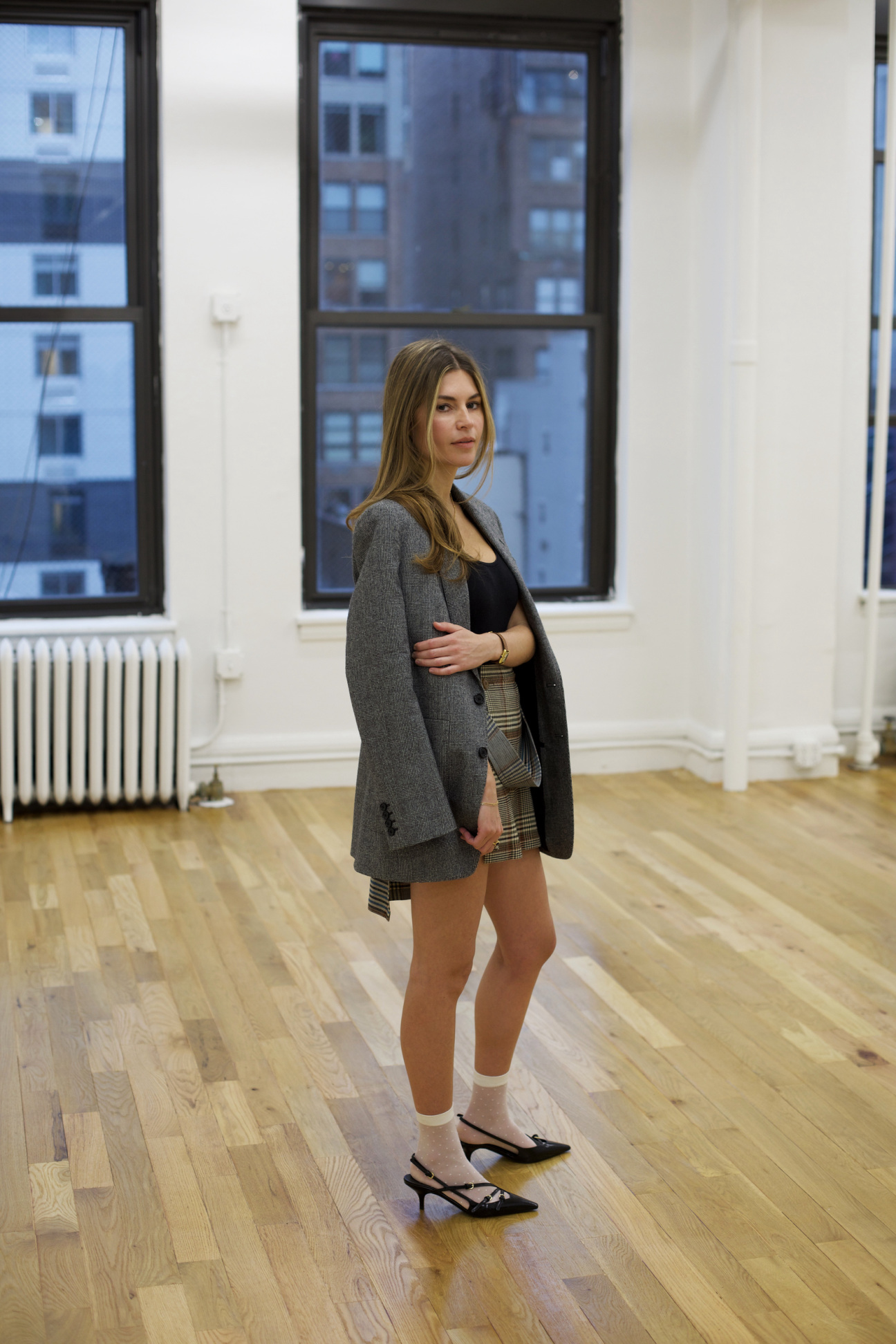
Over the last two years, Polina Berlin has chiseled a rewarding niche in New York's gallery circuit, building out an international and intergenerational program of artists whose work tends toward the transcendent and the cerebral. Born in Riga, the dealer has spent most of her life in New York: She did homework at the Met as a high schooler and worked under taste-defining gallerists like Paula Cooper and Paul Kasmin after college. These formative experiences—and a talent for fostering community while handling the logistics of a rapidly evolving business—led her to strike out on her own in 2022.
Her inaugural location, nestled in a parlor room space in Manhattan's Upper East Side, witnessed two choral group shows, the first U.S. solo shows of artists like Tamo Jugeli and Parmen Daushvili, and a two-person spatial intervention courtesy of Ana Gzirishvili and Amanda Ziemele. On Feb. 22, Berlin will mark the next step in her eponymous gallery's adventure: a move to the Flower District. Counting neighbors such as Casey Kaplan and Paul Soto, the new space will be inaugurated with "Emotional Intelligence II," a group show that echoes the gallery's first presentation and gives visitors a peek at what's to come, notably collaborations with overlooked living legends like Loretta Dunkelman and soon-to-be market darling Casey Bolding. To mark the occasion, Berlin called CULTURED to discuss the rewards and responsibilities that come with running a gallery.
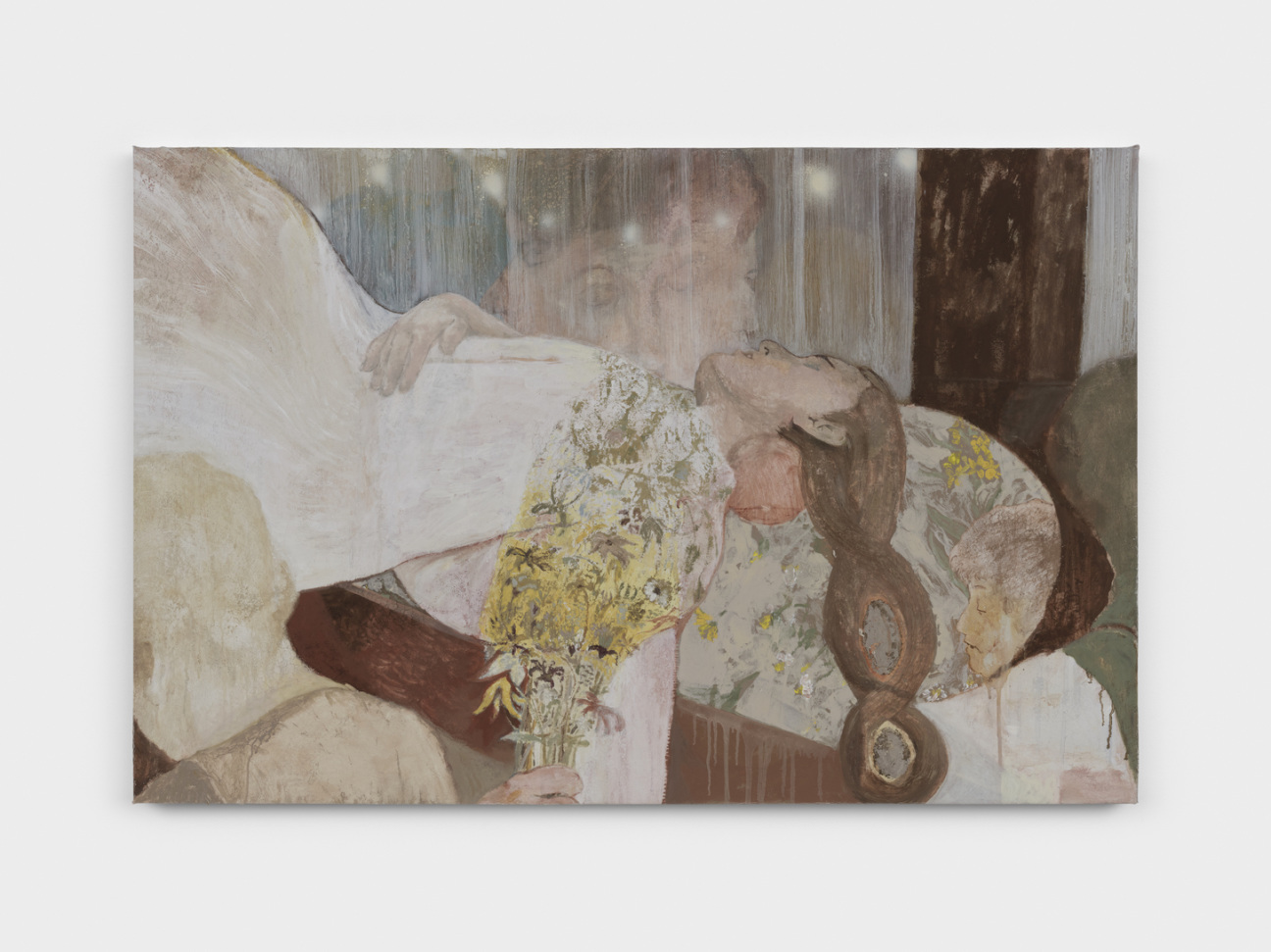
CULTURED: You founded your eponymous gallery in 2022. What has most surprised you about this journey, and what has been the biggest challenge?
Polina Berlin: The biggest challenge is always overcoming the fear of things not working out in the way you hope. Also just the pressure I put on myself. But a lot of the things I hoped for at the outset really have come to fruition in this really lovely way. One of the things that was really important to me was to cultivate the relationships between the artists in the program. I've watched these bonds between my artists flower, and they're constantly taking me to the studios of their friends or artists they find interesting. It's been this really rewarding conversation—almost like a living organism. I always felt so inspired by the dealers I worked for and their relationships with their artists. Paula Cooper, Paul Kasmin—they forged such strong relationships and really did everything they could to support their artists. They grew with them.
CULTURED: What do you prioritize in your relationships with your artists?
Berlin: I started out by working with really emerging artists whose work I was very excited to introduce in the U.S. I gave them their first shows in some cases—like I gave Carrie Rudd a big show in New York, same with Tamo Jugeli, a Georgian artist. The needs of someone that's getting started are different from a mid-career artist or a contemporary master that maybe needs a push or needs someone to brainstorm with. In the beginning, it's a lot of nurturing and navigating the art world together while allowing for their practice to develop and having conversations about how the work is being presented. To me, an artist's process and the experiences they have in their studio can be different from the way they're working with a dealer and they're presenting the work. There are certain things I may want to highlight, but it's not the full picture of how things are developing in the studio. That's the part that feels collaborative to me, which is probably my favorite aspect of what I do.

CULTURED: When did you know it was time to start out on your own as a gallerist?
Berlin: When I look back, I've really spent my whole life looking at art. I grew up in New York, and my parents would drag me to the Met. I've always inhabited a visual world. When I set out on my career path within the art world, I secretly was always very opinionated. Even while working for other dealers, I had artists who were my favorites that I just wanted to spend as much time with as I could and soak in their ideas and studio practices. I think it was a combination of feeling like, Okay, I've had these experiences. I really learned the best practices, and also just having the confidence to follow my interests. I was spending a lot of time doing studio visits and hanging out with artists. I started collecting in an extremely modest way. I started telling some clients of mine about these artists that I thought were doing really interesting things. Over time, they trusted my eye.
CULTURED: What’s something people get wrong about opening a gallery?
Berlin: I think people assume it's very glamorous, but there's a lot of logistics and hard work and rolling up your sleeves and painting and crawling around on the ground and producing things and packing boxes and installing things yourself. When you're a young dealer, you kind of have to know how to do everything. You have to understand all aspects of the business, whether it's uploading images to your database or being able to build a box or packing art or writing a press release. There's a lot that goes into it. It served me well to have worked for others and have had a myriad of experiences without the risk of putting my name on it.
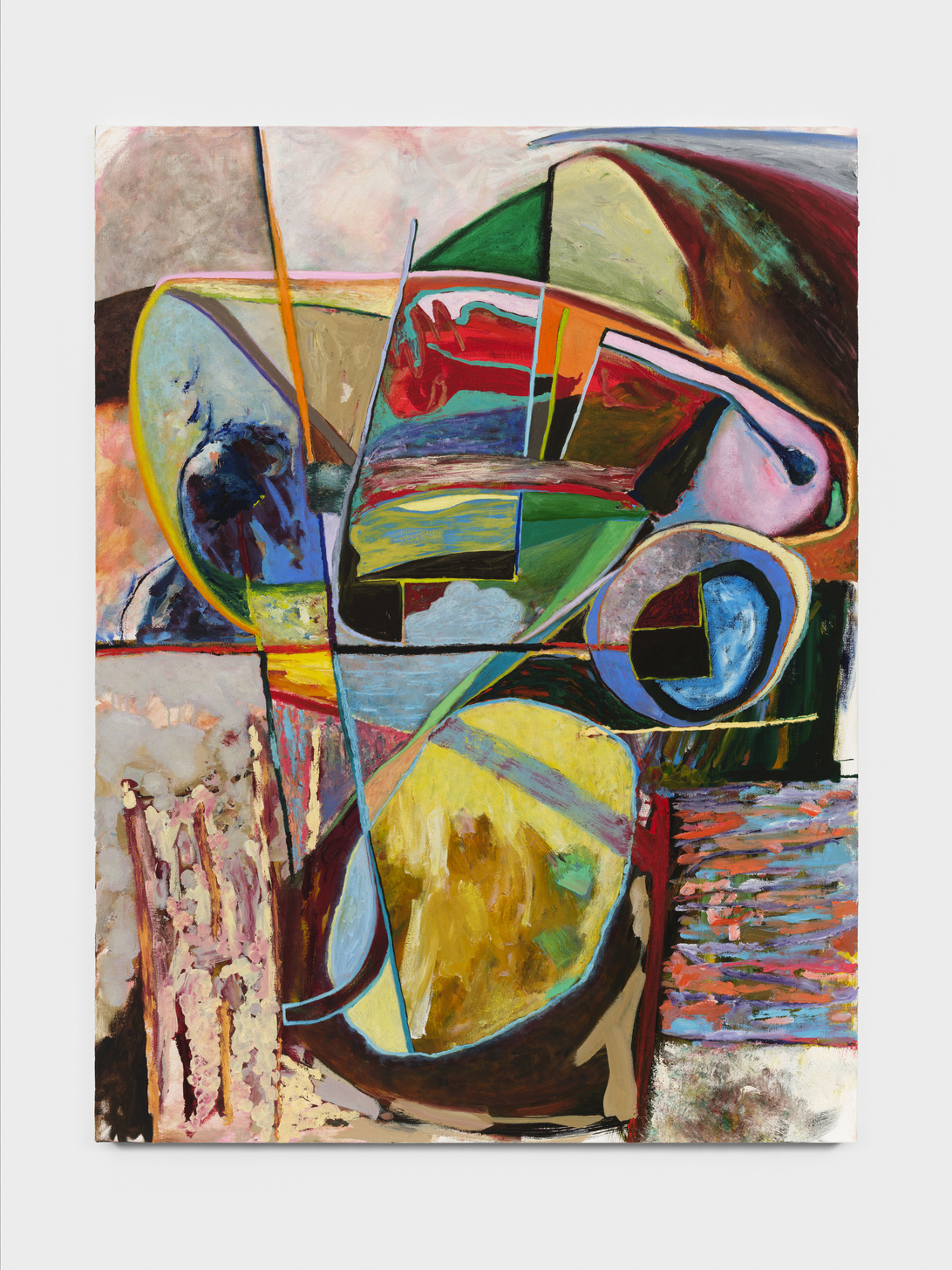
CULTURED: What prompted the move to the Flower District, and what does it signal for the gallery?
Berlin: It was pure kismet. I've been in my uptown space for two years. It's incredibly charming. It has very quirky architectural details, and it was more domestically scaled. I really enjoyed it, but I was looking to kind of size up. I needed taller ceilings. I wanted a little more square footage to really accommodate some of the ambitions my artists have. Paul Soto invited me to his inaugural show, the opening of his gallery [next door to the new Polina Berlin location]. I went to go see him, and I loved his space. And Casey Kaplan is on the ground floor of my building. I loved the energy of the street. It's between 6th and 7th Ave, opposite FIT. It felt very much like this old New York, like the bowels of the city.
So I went to see Paul and was like, “I'm thinking of moving.” And he's like, “Well, let me show you something,” and he opens the door and it's the space right next door to his. It was a total mess, but I visualized the potential. I went for it, and I'm thrilled that I did. The space has amazing light, and it can accommodate more work. My artists are really excited about it. I have a little viewing space that can be part of an exhibition or its own little project room. It feels like a fresh start, and I'm really excited to get to know the space in an intimate way.
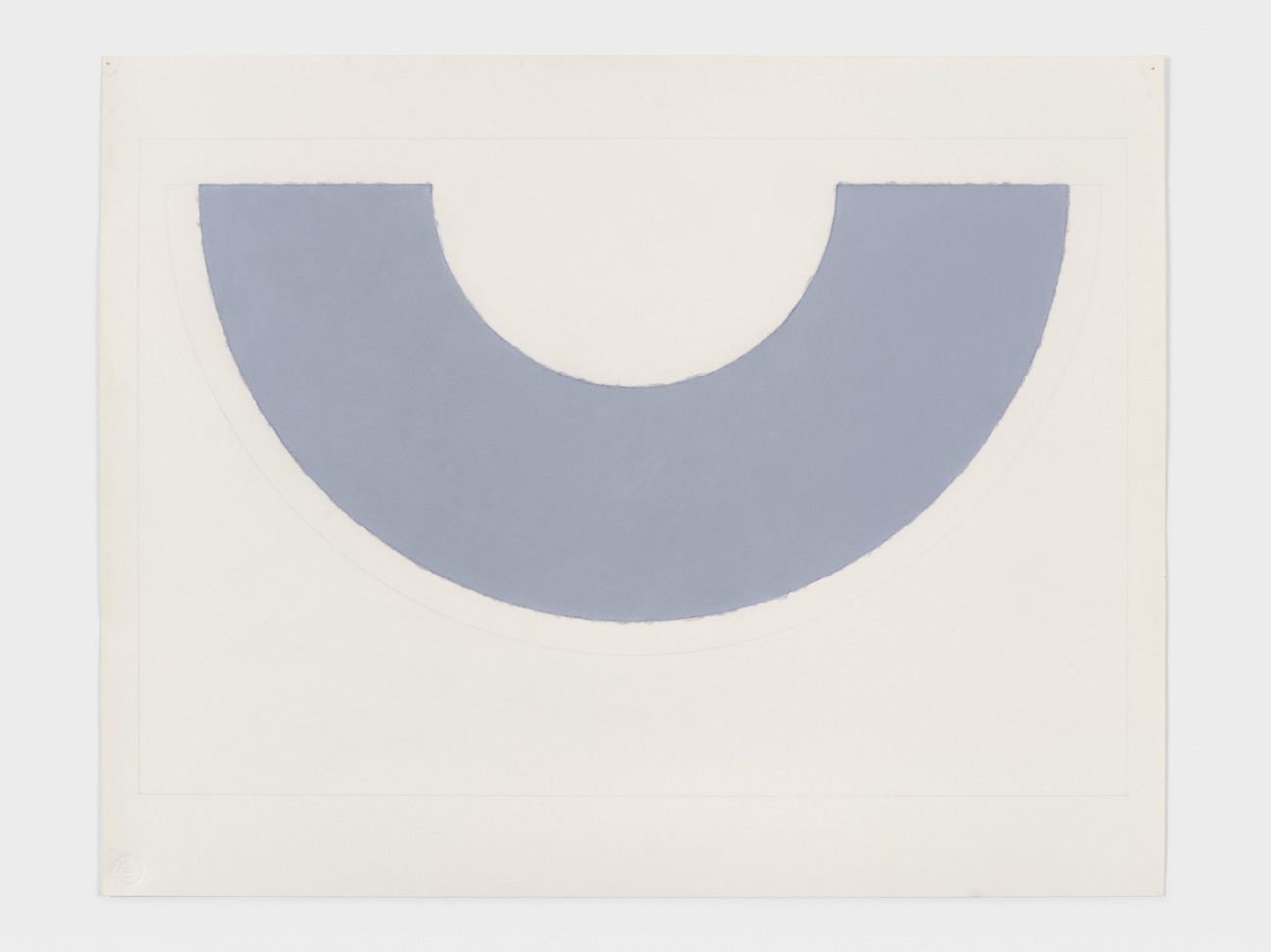
CULTURED: I'd love to talk about the group show that's going to inaugurate the space, which is growing from your very first exhibition, “Emotional Intelligence.”Can you tell me about what it was like to bring artists together—ones that you've worked with over the past years that have become a staple of the gallery’s program and then ones that you’re interested in working in this new space?
Berlin: For “Emotional Intelligence II,” I was really interested in the intersection of figuration and abstraction. This theme is a notion I've returned to since opening the gallery, and it [showcases] artists whose work has great emotional depth. The show includes artists I've worked with since the very beginning, but I'm also excited to introduce some new artists. I'm going to be working with a post-minimalist artist named Loretta Dunkelman, who was part of A.I.R. Gallery and the women's movement. She lives on the corner of Bowery and Canal; she’s been there for about 40 years. Paul Thek lived in her building, she was friends with Mary Miss, and she [co-organized] the seminal 1974 show “Thirteen Women Artists” that included the likes of Louise Bourgeois, Alice Adams, and Pat Lasch. At the time, she was included in a show with Ellsworth Kelly and Robert Ryman, but her work didn't quite fit with the more austere, conceptual underpinnings of minimalism. In it, you have very sensual, soft surfaces, and then you have these minimalist shapes. Her mark-making goes outside the line in almost a misty way. She's mining themes that are outside formal considerations.
I'm also gonna be working with Casey Bolding, who's a Brooklyn-based artist originally from Colorado. He’s been making paintings that really dance between figuration and abstraction. A lot of his work is tied to world building. It's almost like you can feel the paintings through your gaze. So I'm just excited to present these new artists in conversation with artists that I've been working with for the past two years. Seeing how much their practices have evolved, that's felt really satisfying. We've been working so closely together and to see them start to explore new ideas, or to gain confidence with their mark-making, or to scale up, or to go in a direction that they may have not [considered] at the onset—it feels vital.
CULTURED: Is there anything else you're excited about in the coming months?
Berlin: I grew up in New York, but I was born in Riga. I've really been interested in contemporary art from Eastern Europe, specifically from Latvia and Georgia. And then this summer, I went to visit Tamo in Tbilisi, Georgia this past summer and met so many remarkable Georgian artists. I gave a show to one of the artists, Amanda Ziemele, this past fall. She's representing Latvia in the upcoming Venice Biennale, and she's someone that I'm continuing to work with. Working on the gallery brought me to so many interesting places and it's really been expansive, from the perspective of someone who really loves art and artists. I’ve taken so many detours into areas that I never expected I would when I first opened my space. It's unfolded in such surprising ways, and that's been incredibly rewarding.

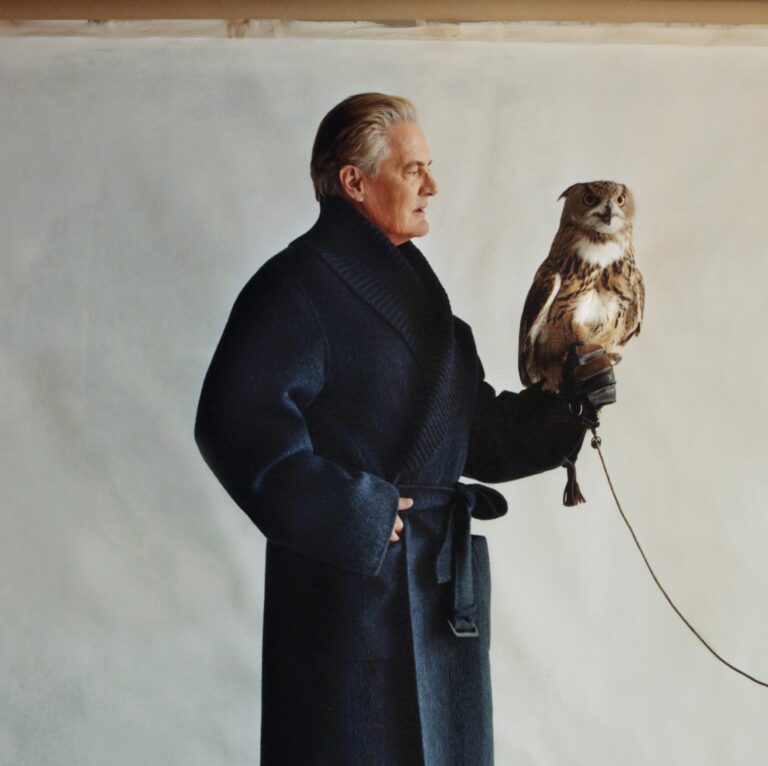








 in your life?
in your life?

